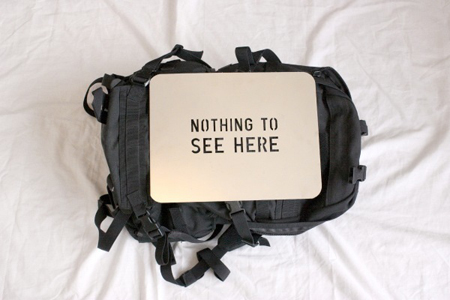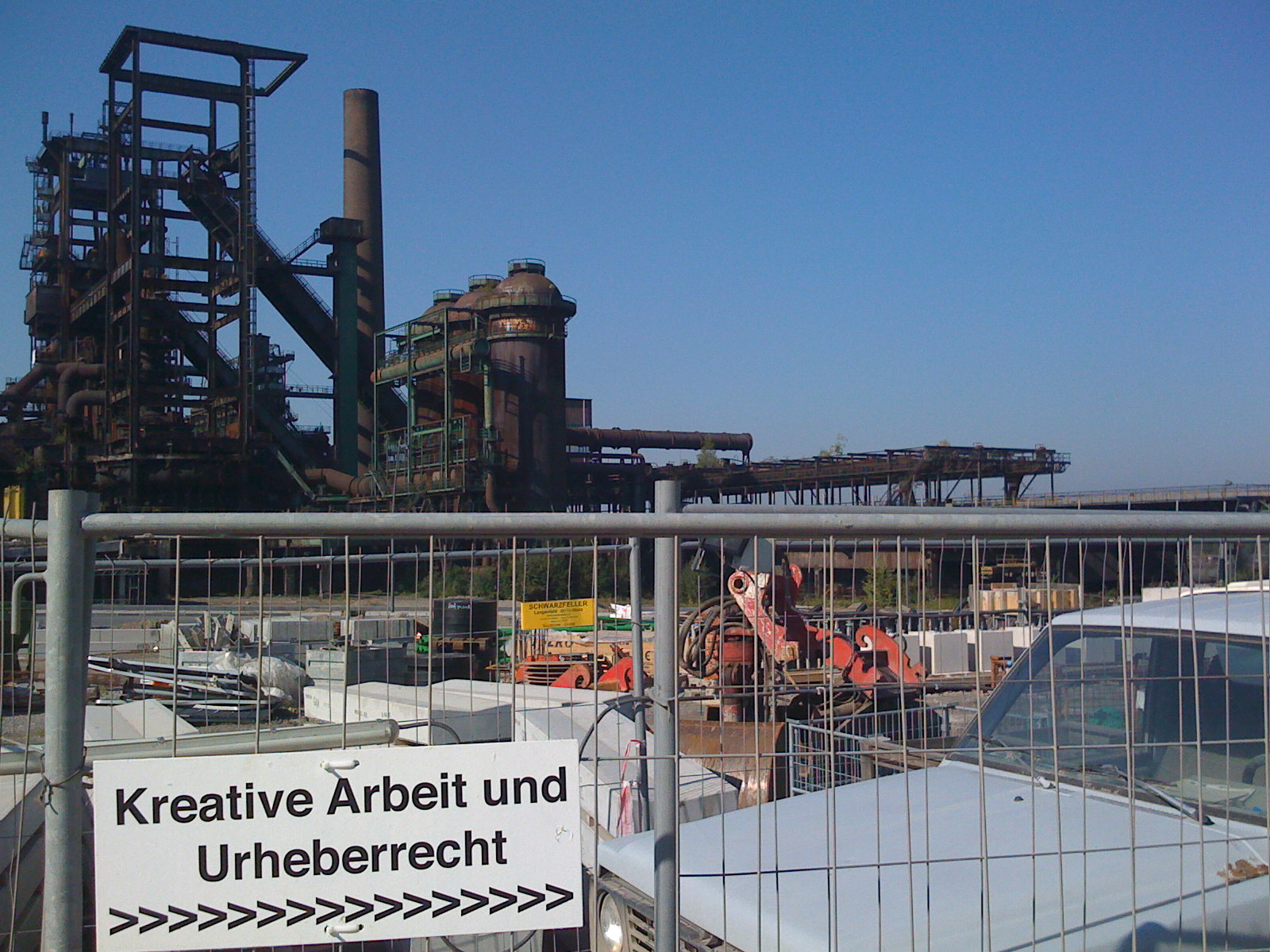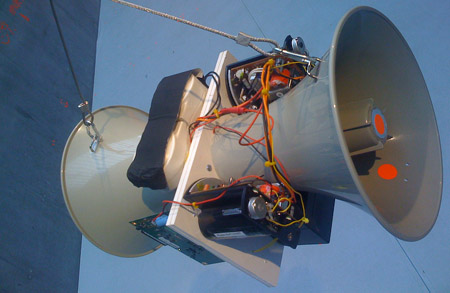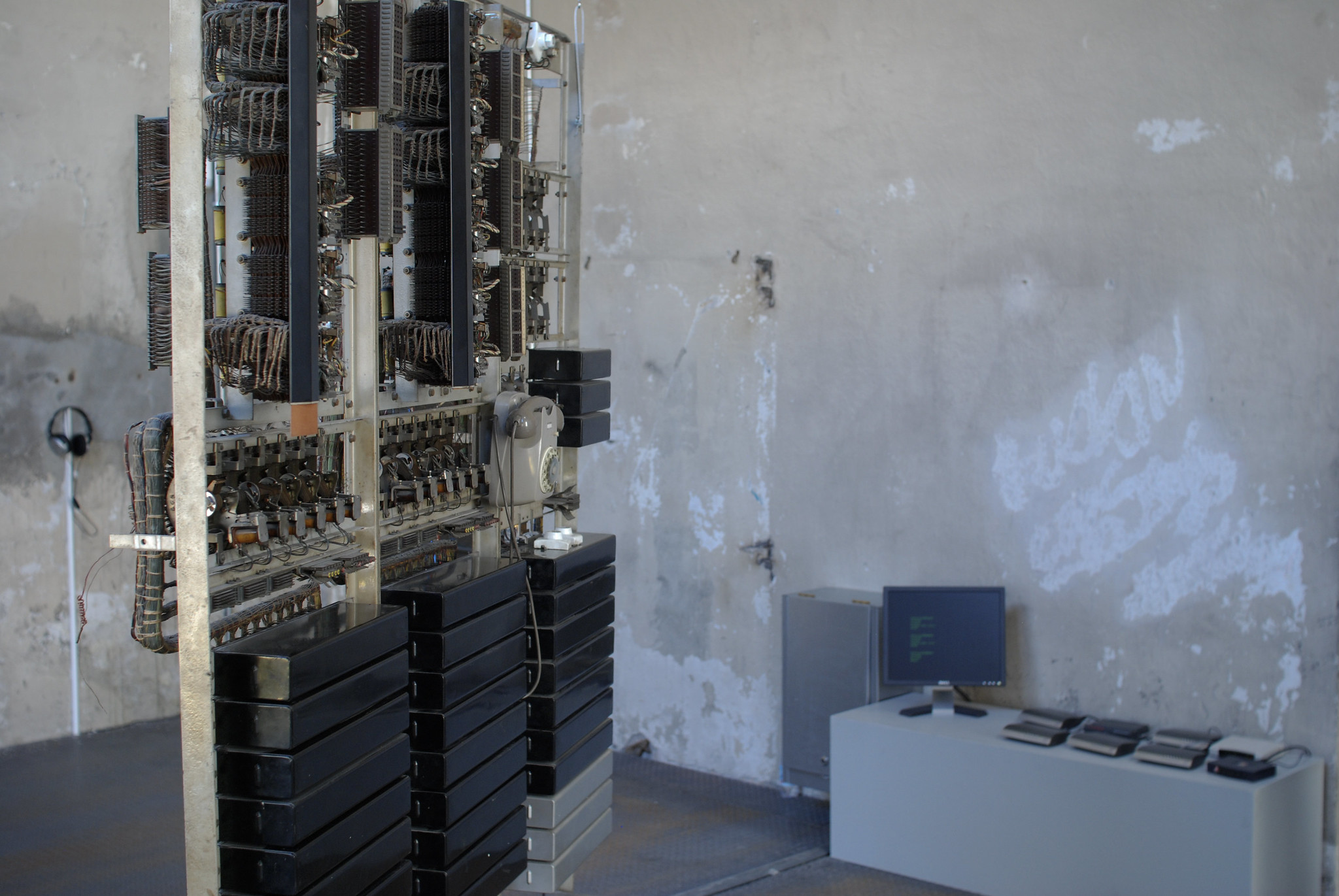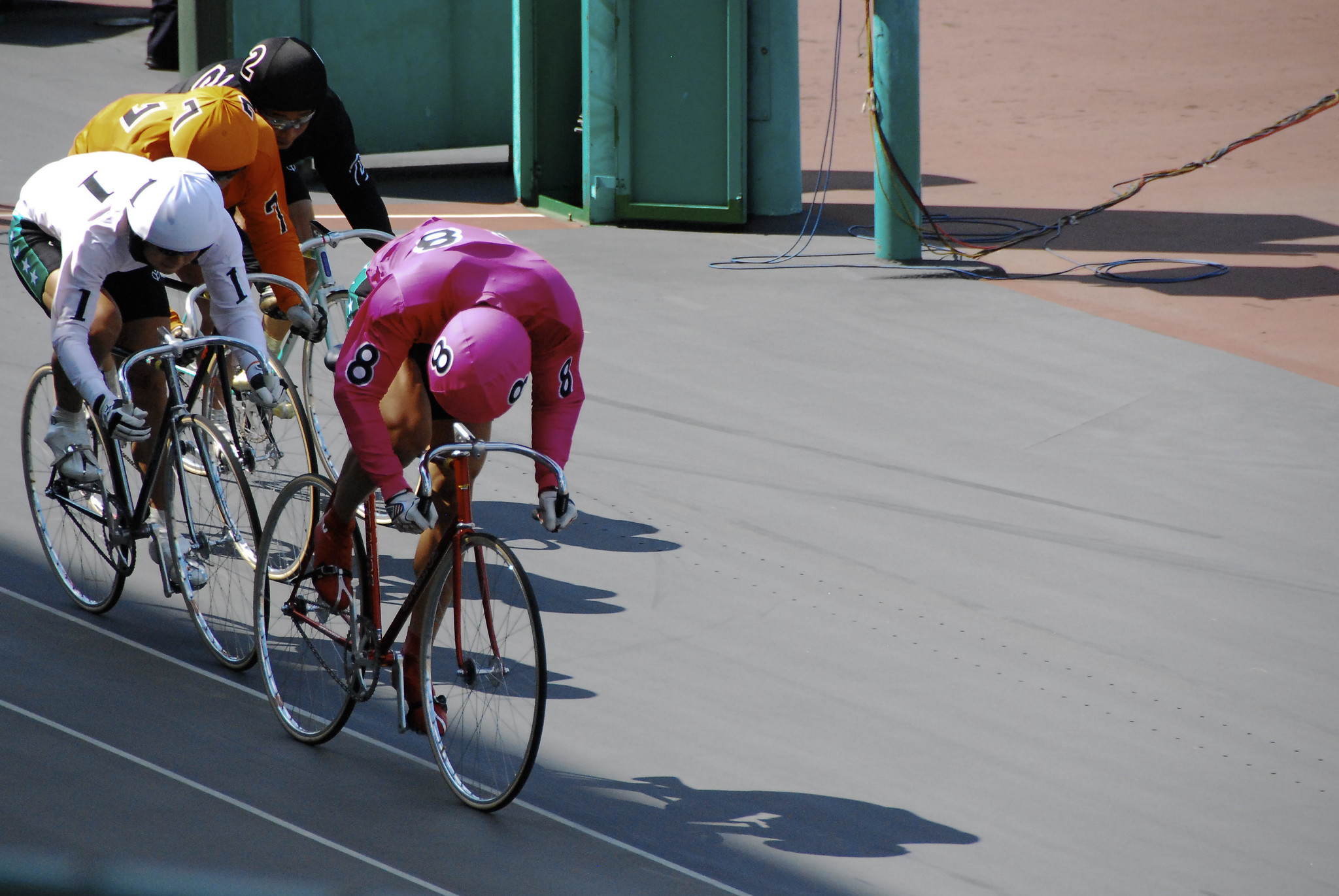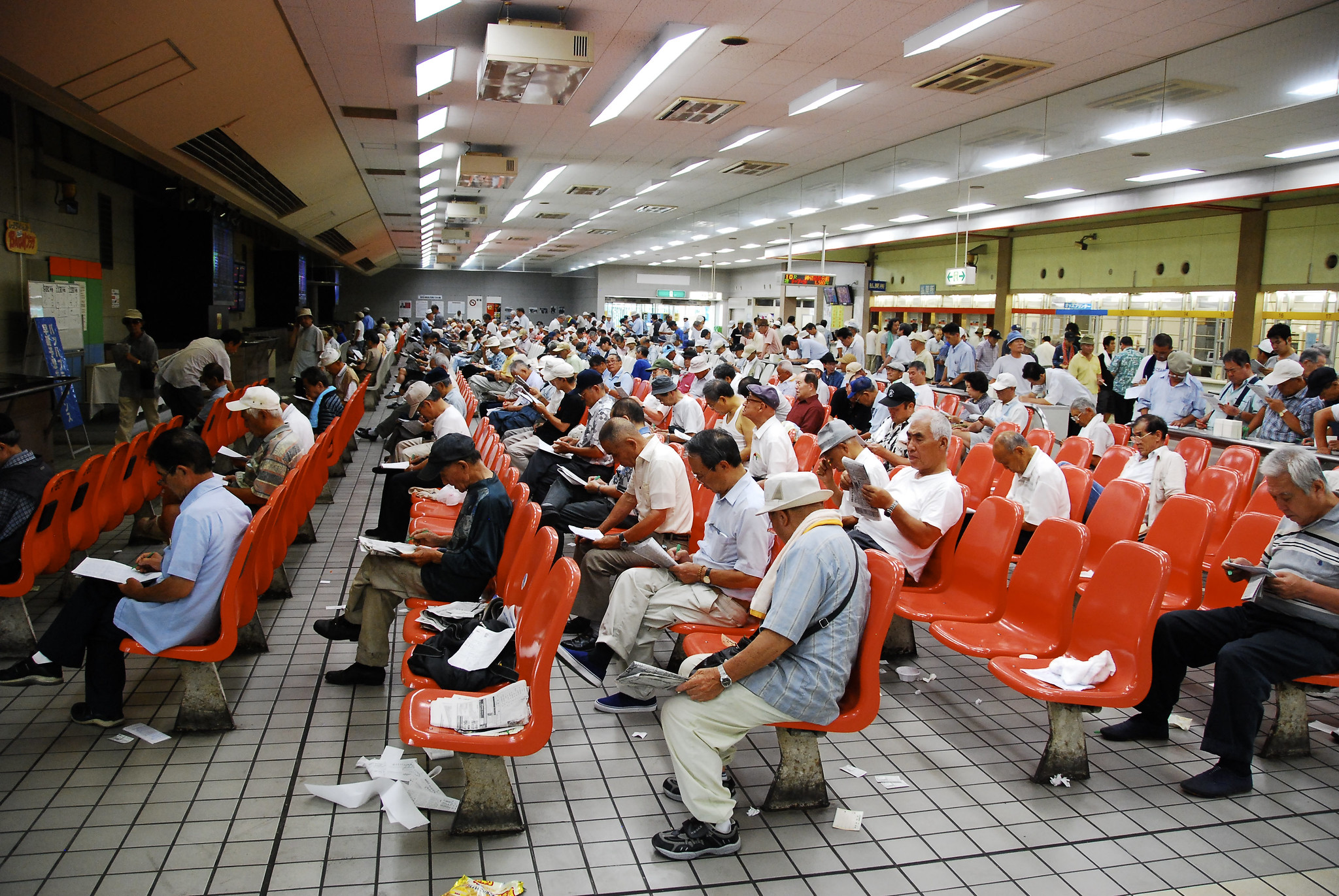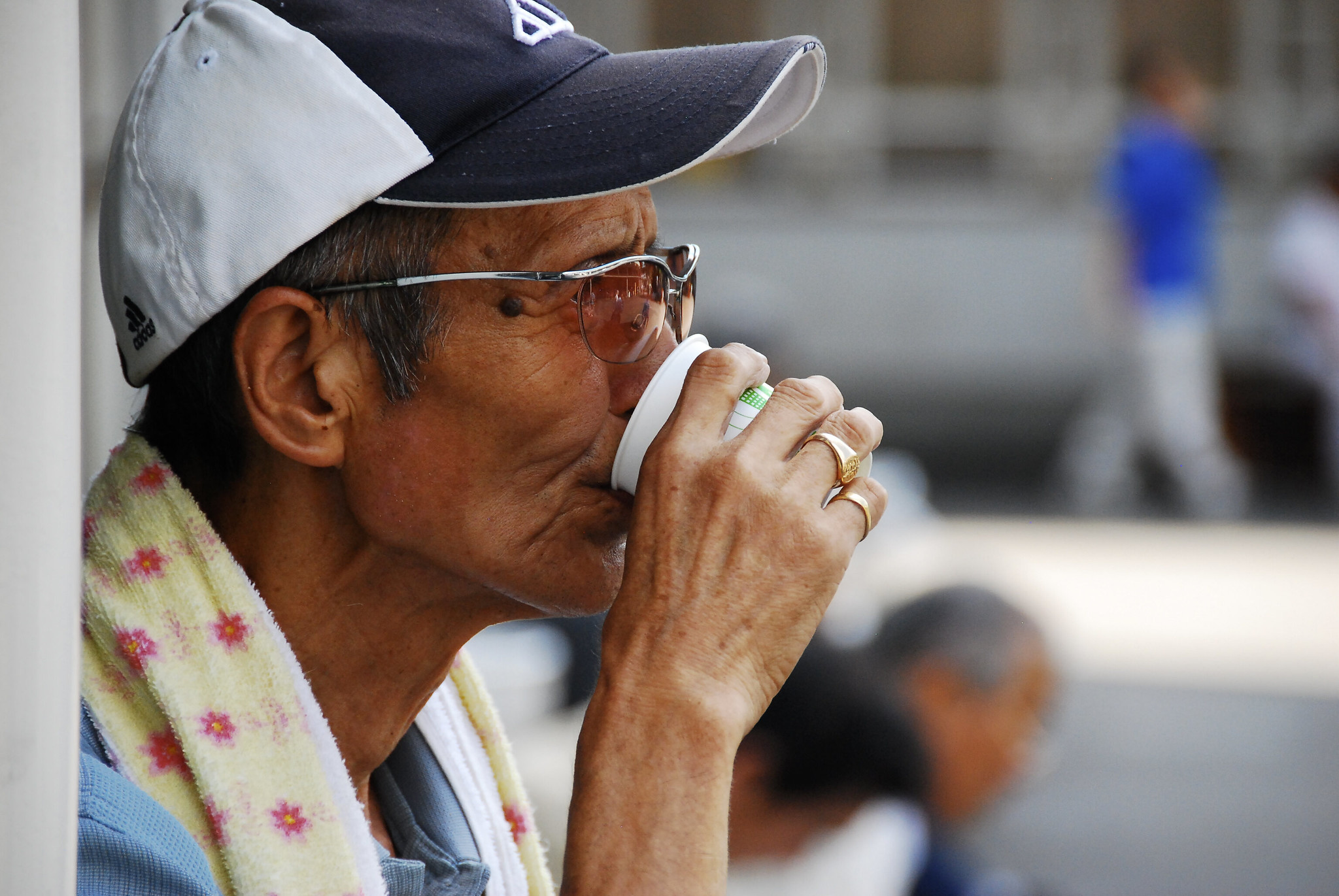For future reference
Excellent collumn by Matt Taibbi over at smirkingchimp.com on what the candidacy of Sarah Palin says about the state of American politics [read the whole thing is is worth it!]:
Here’s the thing about Americans. You can send their kids off by the thousands to get their balls blown off in foreign lands for no reason at all, saddle them with billions in debt year after congressional year while they spend their winters cheerfully watching game shows and football, pull the rug out from under their mortgages, and leave them living off their credit cards and their Wal-Mart salaries while you move their jobs to China and Bangalore.
And none of it matters, so long as you remember a few months before Election Day to offer them a two-bit caricature culled from some cutting-room-floor episode of Roseanne as part of your presidential ticket. And if she’s a good enough likeness of a loudmouthed middle-American archetype, as Sarah Palin is, John Q. Public will drop his giant-size bag of Doritos in gratitude, wipe the Sizzlin’ Picante dust from his lips and rush to the booth to vote for her. Not because it makes sense, or because it has a chance of improving his life or anyone else’s, but simply because it appeals to the low-humming narcissism that substitutes for his personality, because the image on TV reminds him of the mean, brainless slob he sees in the mirror every morning.
Sarah Palin is a symbol of everything that is wrong with the modern United States. As a representative of our political system, she’s a new low in reptilian villainy, the ultimate cynical masterwork of puppeteers like Karl Rove. But more than that, she is a horrifying symbol of how little we ask for in return for the total surrender of our political power.
Not only is Sarah Palin a fraud, she’s the tawdriest, most half-assed fraud imaginable, 20 floors below the lowest common denominator, a character too dumb even for daytime TV - and this country is going to eat her up, cheering her every step of the way. All because most Americans no longer have the energy to do anything but lie back and allow ourselves to be jacked off by the calculating thieves who run this grasping consumer paradise we call a nation.
(…) The great insight of the Palin VP choice is that huge chunks of American voters no longer even demand that their candidates actually have policy positions; they simply consume them as media entertainment, rooting for or against them according to the reflexive prejudices of their demographic, as they would for reality-show contestants or sitcom characters.
[smirkingchimp via boingboing]

